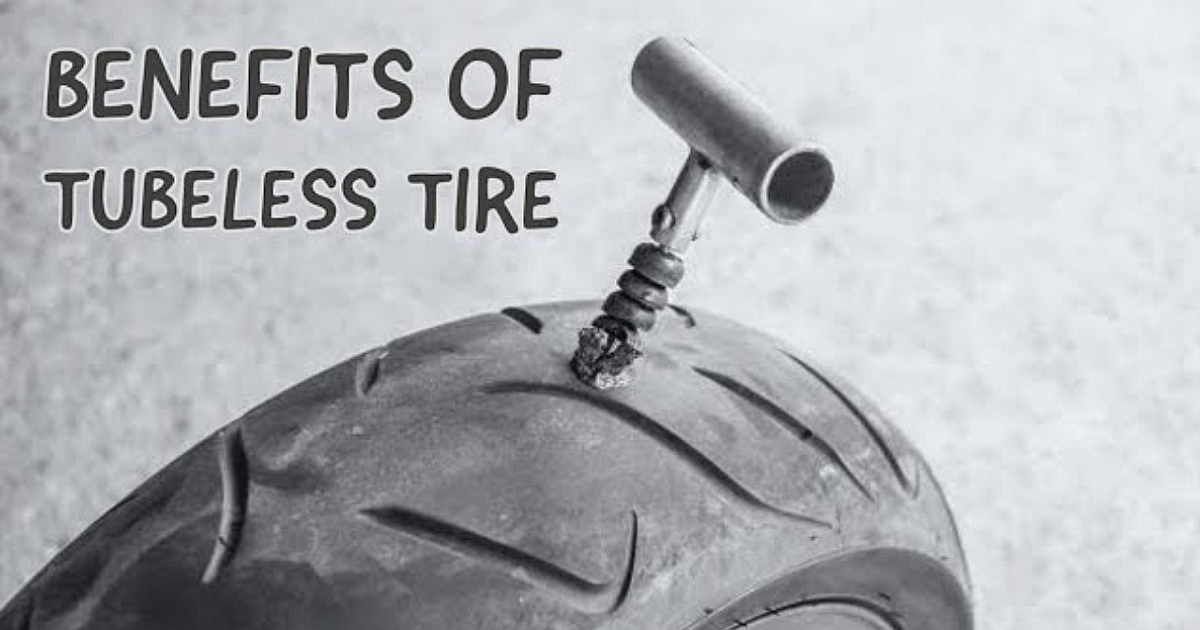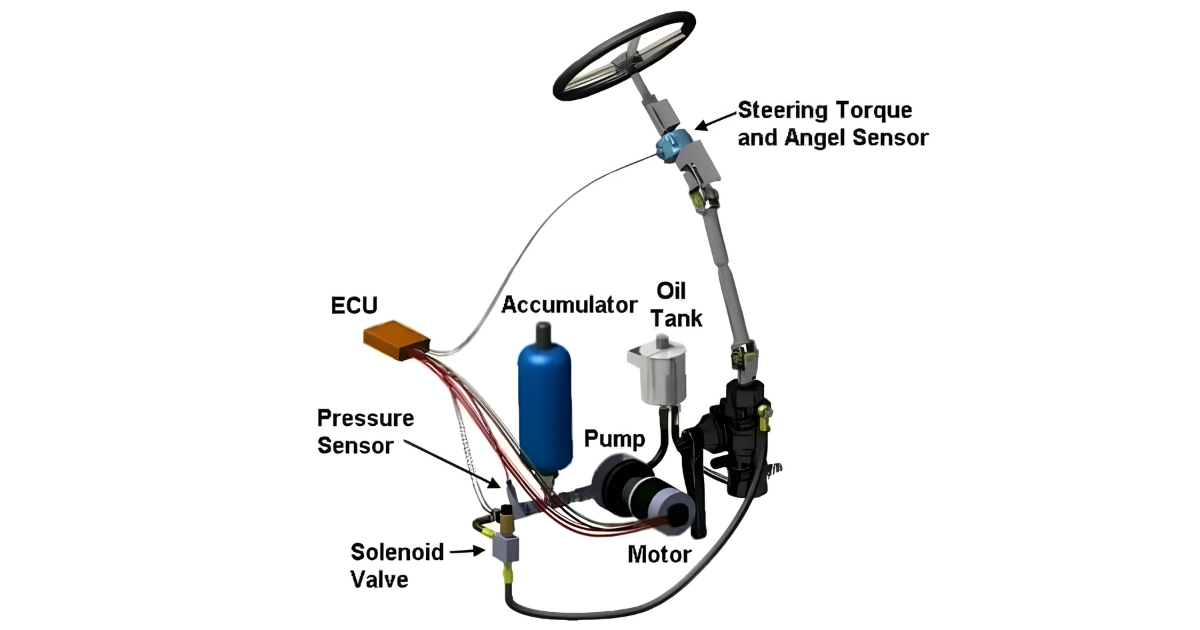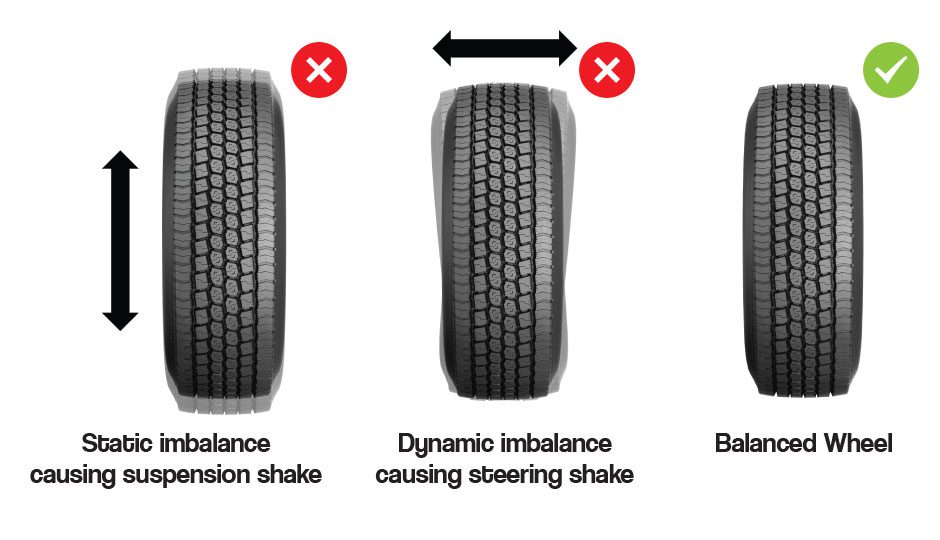Tubeless tires have revolutionized driving with a groundbreaking innovation in automotive technology. Departing from the conventional inner tube setup, they are now a common feature in contemporary vehicles, offering numerous advantages that transform the driving experience.
Let’s look into the mechanics, benefits, challenges, and popularity of tubeless tires in the automotive sector.
Understanding Tubeless Tires

Tubeless tires, as the name implies, eliminate the need for an inner tube. Instead, they incorporate a reinforced inner liner that acts as a barrier, preventing air escape. The tire’s bead forms an airtight seal with the rim, establishing a direct interface without requiring a separate tube.
The success of tubeless tires lies in their capacity to maintain an airtight seal, even in the face of punctures, achieved through advanced materials and effective sealing mechanisms.
Advantages of Tubeless Tires
- Puncture Resistance: One of the most significant advantages of tubeless tires is their resistance to punctures. The absence of an inner tube eliminates the risk of blowouts caused by punctures, providing a safer driving experience.
- Self-Sealing Technology: Many tubeless tires are equipped with self-sealing technology. In the event of a small puncture, the tire’s construction allows it to seal the breach automatically. This feature not only enhances safety but also reduces the need for immediate tire changes.
- Improved Fuel Efficiency: Tubeless tires contribute to improved fuel efficiency. Their design reduces rolling resistance, which means less energy is required to keep the tires moving. This can lead to better fuel economy, a crucial factor in today’s environmentally conscious automotive landscape.
- Better Heat Dissipation: The absence of an inner tube allows for better heat dissipation. As a result, tubeless tires are less prone to overheating during extended periods of driving, contributing to longer tire life and enhanced performance.
- Enhanced Stability and Handling: Tubeless tires offer improved stability and handling characteristics. The direct connection between the tire and the rim provides better responsiveness, ensuring a more controlled and comfortable driving experience.
Widespread Adoption in the Automotive Industry
- Original Equipment (OE) Fitment: Many vehicle manufacturers now opt for tubeless tires as OE fitment. This reflects the industry’s recognition of the numerous advantages tubeless tires offer, including enhanced safety, reliability, and performance.
- Aftermarket Dominance: Beyond original fitment, tubeless tires dominate the aftermarket. Drivers seeking replacement tires often choose tubeless options due to their proven benefits and widespread availability.
- Varied Applications: Tubeless tires are not limited to just passenger vehicles. They find applications in motorcycles, bicycles, commercial trucks, and even heavy-duty construction equipment. The versatility and adaptability of tubeless tire technology have contributed to its universal appeal.
Maintenance and Repair Considerations
- Puncture Repairs: While tubeless tires are more resistant to punctures, they are not immune. Fortunately, repairing a puncture in a tubeless tire is often simpler and can be done with a plug or patch kit.
- Monitoring Tire Pressure: Regularly monitoring tire pressure is crucial for tubeless tires. Adequate inflation ensures optimal performance and safety. Many modern vehicles are equipped with tire pressure monitoring systems (TPMS) that alert drivers to any deviations from recommended pressure levels.
Transition Challenges
- Compatibility Issues: The transition to tubeless tires may pose compatibility challenges for vehicles designed for traditional tube-type tires. In such cases, vehicle owners may need to invest in new rims compatible with tubeless tires.
- Service and Repair Knowledge: Some mechanics, especially those accustomed to working with tube-type tires, may require additional training to adapt to the nuances of tubeless tire service and repair.
Conclusion
Tubeless tires exemplify automotive innovation, revolutionizing safety, fuel efficiency, and the driving experience. Positioned at the forefront of tire design, they promise to play a crucial role in the future of mobility with features like puncture resistance, self-sealing abilities, and enhanced performance, holding great promise for the automotive landscape.
For a breakdown of the engineering and physics explained in a simple and interesting way, take a look at the cool science behind tubeless tires in the video below.




